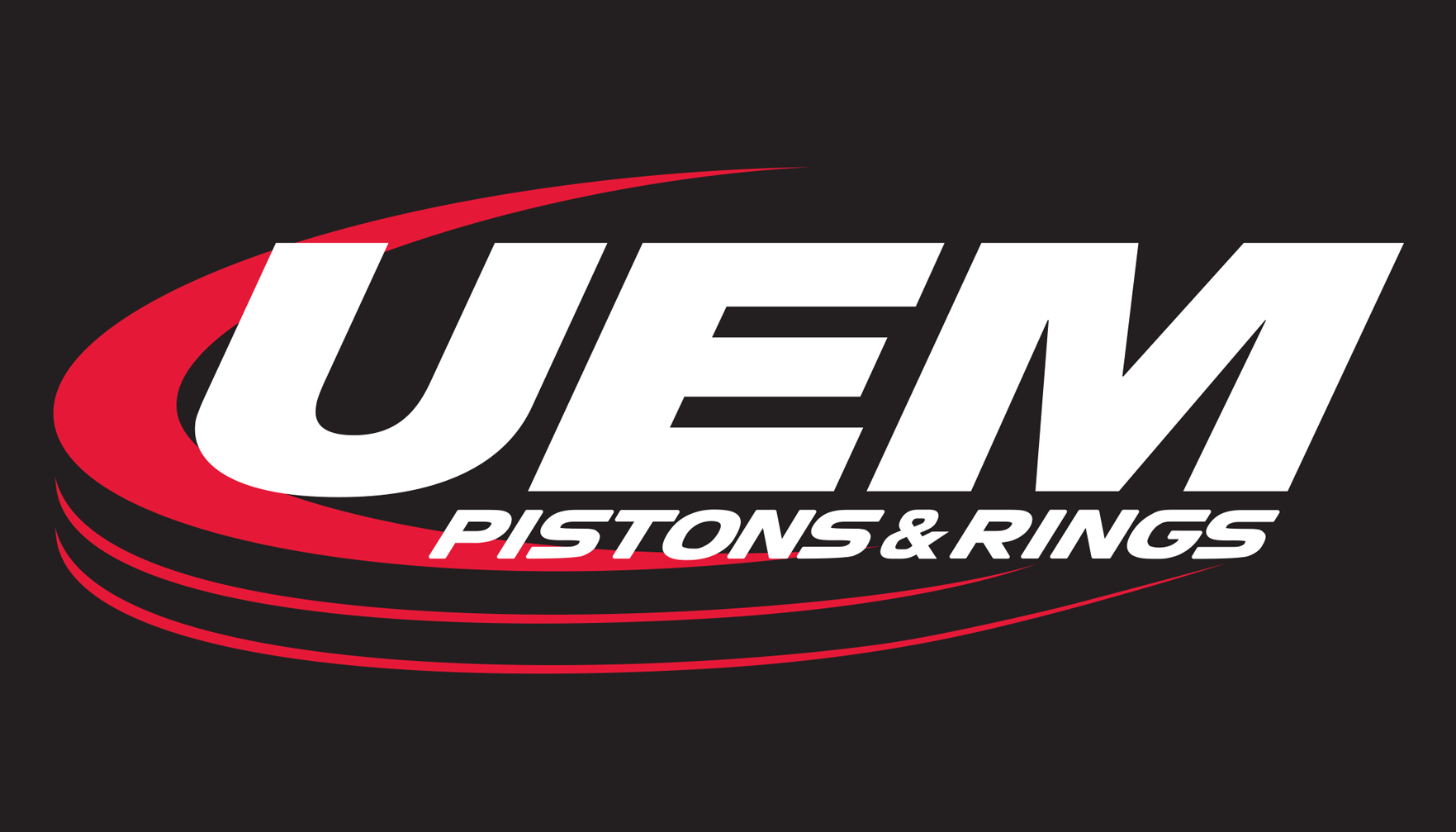1990Z71Swede
I'm Awesome
So, I've had this Idea for a while now.... others have too by the looks of what I find on the interwebs. The idea with this tiny amount of extra stroke is obviously not adding a few extra cubes. Instead it is an alternative to decking the block to get the quench right.
Now theoretically one could grind a 350 crank offset to a maximum of 3.68 stroke using 2" journal rods, but that is not needed.. 3.53" would be ideal to bring the pistons to zeroish deck on an untouched block. Even if they pop up ever so slightly, that is no biggie, worst case the pistons can be milled that tiny amount. And no need for new rods, as you can get to 3.53" with some margin with 0.060 undersize bearings.
The benefits of this somewhat different aproach is to bump CR a little bit, and hopefully offset most of the increased knock sensitivity by the much approved quench. And at the same time keeping the deck as thick as possible, head gaskets seem to be prone to go between the middle cylinders because of the added heat from the side by side exhaust ports, and even if most of this is probably because of the head castings, every little bit helps.
The engine is supposed to be a ~300hp sub 5000 Rpm build for our K1500 daily driver.
Anyone done something similar? My main concern would be taking a cast crank offset to 0.060 undersize, not so much for it becoming weak as some 0.060 rod bearings are nowdays sized for a larger fillet radius. (But you need a machine shop with matching grinding stones) https://www.summitracing.com/parts/cle-cb663c60/make/chevrolet/model/c1500/year/1992
I'm more concerned about the possibility of grinding through surface hardening, but maybe the stockers are not hardened?
Now theoretically one could grind a 350 crank offset to a maximum of 3.68 stroke using 2" journal rods, but that is not needed.. 3.53" would be ideal to bring the pistons to zeroish deck on an untouched block. Even if they pop up ever so slightly, that is no biggie, worst case the pistons can be milled that tiny amount. And no need for new rods, as you can get to 3.53" with some margin with 0.060 undersize bearings.
The benefits of this somewhat different aproach is to bump CR a little bit, and hopefully offset most of the increased knock sensitivity by the much approved quench. And at the same time keeping the deck as thick as possible, head gaskets seem to be prone to go between the middle cylinders because of the added heat from the side by side exhaust ports, and even if most of this is probably because of the head castings, every little bit helps.
The engine is supposed to be a ~300hp sub 5000 Rpm build for our K1500 daily driver.
Anyone done something similar? My main concern would be taking a cast crank offset to 0.060 undersize, not so much for it becoming weak as some 0.060 rod bearings are nowdays sized for a larger fillet radius. (But you need a machine shop with matching grinding stones) https://www.summitracing.com/parts/cle-cb663c60/make/chevrolet/model/c1500/year/1992
I'm more concerned about the possibility of grinding through surface hardening, but maybe the stockers are not hardened?
Last edited:


